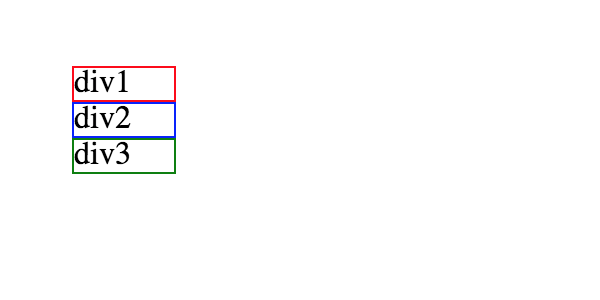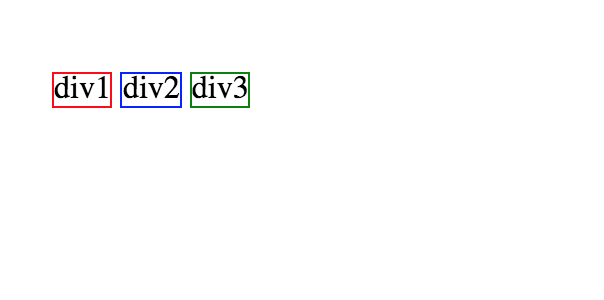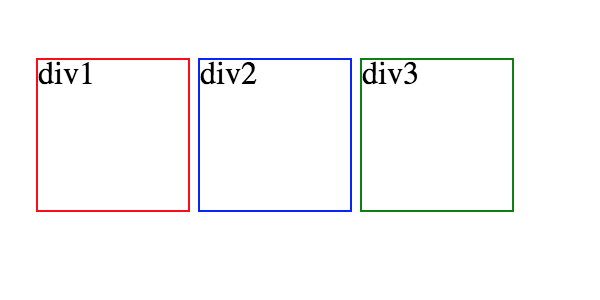Most of CSS is fairly straightforward to learn. Tweaking fonts and colors and sizes of boxes: easy. CSS positioning: not so straightforward. In fact, it can be damn frustrating. The properties of display, position, and float-- and the interaction between them-- is relatively complex. Even playing with the properties doesn't necessarily impart clear and total understanding. In this blog post, I hope to clear up some of the confusion surrounding display:block, display:inline, and display:inline-blocks. (For a far more complete explanation of CSS positioning, please consult these two excellent articles: Understanding CSS Positioning Part I and Understanding CSS Positioning Part II.)
Let's start with:
display: block;Below is how 3 DIVs, all with display:block, behave. Note that I have set the width larger than its content.

display: inline;Below is how 3 DIVs, all with display:inline, behave. Note that the size of the DIVs conform to the content-- no more or less.

display: inline-block;Below is how 3 DIVs, all with display:inline-block, behave. Note the DIVs' customized dimensions.
